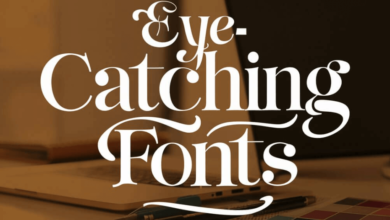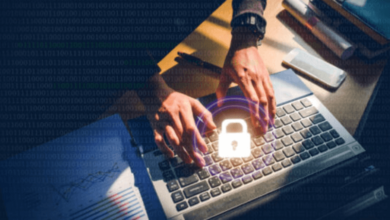How Text to Image Technology Is Revolutionizing Creativity

Text to image technology has emerged as a transformative force in the creative landscape, allowing individuals to translate their thoughts and ideas into visual representations with unprecedented ease. By harnessing sophisticated algorithms, this technology not only enhances artistic expression but also democratizes the creative process, making it accessible to a broader audience. As we consider the implications of this shift, it becomes essential to explore how these advancements may redefine traditional notions of artistry and originality, prompting a reevaluation of the role of the creator in an increasingly collaborative digital environment. What does this mean for the future of creativity?
Overview of Text to Image Technology
Text to image technology represents a significant advancement at the intersection of artificial intelligence and creative expression.
By leveraging machine learning algorithms, this technology transforms textual descriptions into vivid images, enhancing creative processes across various fields.
It empowers artists and creators, enabling them to visualize concepts more freely, thereby reshaping the boundaries of imagination and fostering a new era of digital artistry.
See also: How Speech Therapy Can Improve Communication Skills
Impact on Artistic Expression
The emergence of text to image technology has profoundly influenced artistic expression, allowing creators to push the boundaries of their imagination.
This innovation enhances digital artistry by facilitating unprecedented levels of creative collaboration, where artists and AI co-create visual narratives.
As a result, the creative process becomes more dynamic, empowering individuals to explore new concepts and styles previously deemed unattainable, thus redefining artistic possibilities.
Accessibility for Everyday Users
Democratization of creative tools through text to image technology has made artistic expression more accessible for everyday users.
With user-friendly interfaces, individuals can effortlessly transform their ideas into visual art, fostering creativity unbounded by traditional skill barriers.
This shift is democratizing art, enabling diverse voices to contribute to the creative landscape, ultimately enriching the cultural tapestry and empowering users to explore their artistic potential freely.
Future Trends in Creativity
As technology continues to evolve, the intersection of artificial intelligence and creativity is poised to reshape artistic expression in unprecedented ways.
Future trends will emphasize collaborative creativity, enabling artists to merge their visions with AI capabilities.
Additionally, digital storytelling will become more immersive, allowing creators to craft narratives that resonate deeply with audiences, fostering a sense of shared experience and expanding the boundaries of artistic exploration.
Conclusion
In an era where creativity is often perceived as a uniquely human trait, the rise of text to image technology paradoxically reveals the potential for machines to enhance artistic expression. This technological advancement not only democratizes art-making but also challenges traditional notions of authorship and creativity. As algorithms become co-creators, the irony lies in the fact that the very tools designed to augment human creativity may redefine what it means to be an artist in the modern age.





